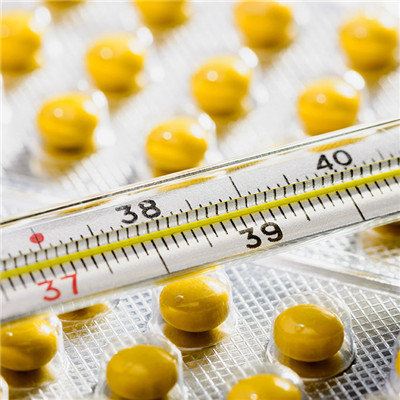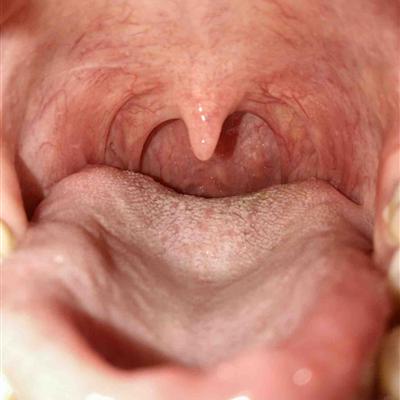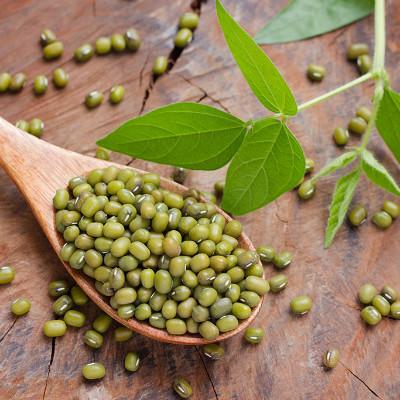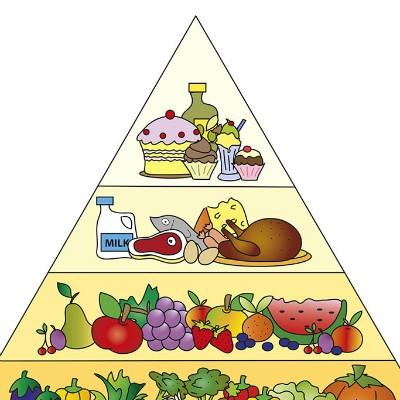Late symptoms of leiomyosarcoma?
summary
Leiomyosarcoma is a malignant mesenchymal tumor originated from the smooth muscle of the intestinal wall, vascular smooth muscle of the intestinal wall or mucosal muscle of the intestinal wall. If the disease is serious, surgical treatment should be carried out, and the disease should be treated correctly, accounting for 5% - 10% of all soft tissue tumors. Rectal leiomyosarcoma is the most common, accounting for 85% of colorectal leiomyosarcoma. The common site of the disease is retroperitoneal area, which may have pain. Leiomyosarcoma in inferior vena cava has different symptoms due to different location. In addition to local infiltration of adjacent organs and tissues, hematogenous dissemination is the most important way of metastasis of leiomyosarcoma. Now let's share with you about the late symptoms of leiomyosarcoma? Experience in this area.
Late symptoms of leiomyosarcoma?
First, soft tissue leiomyosarcoma often occurs in middle-aged and elderly patients. The incidence of leiomyosarcoma is high in 40-60 years old. It can also occur in young people and is rare in children. It can occur in the retroperitoneum (the most common retroperitoneal malignant tumor), peripheral soft tissue (the most common in the lower limbs, especially in the thigh) or the wall of large blood vessels (mainly medium or large veins). The most common site of the disease is retroperitoneal area, the tumor is larger, more common in women. Most of the male cases occurred in the surrounding soft tissue and large blood vessels.
Second: soft tissue leiomyosarcoma often presents as a mass, which occurs in the peritoneum, the latter may have pain. The symptoms of leiomyosarcoma in the inferior vena cava were related to the location of the tumor. Those located in the upper part of the inferior vena cava blocked the hepatic vein, causing Budd Chiari syndrome, characterized by hepatomegaly, jaundice and ascites; Those located in the middle of inferior vena cava can block renal vein and damage renal function; Edema of the lower extremity may occur in the inferior vena cava and the great veins of the lower extremity.
Third, the disease often has no symptoms in the early stage; With the increase of the tumor, the tissue around the intestinal wall is compressed, which affects the defecation function. Constipation and poor defecation may occur. When the tumor is located above the tooth line and close to the anal canal, there may be anal pain. When the surrounding organs are compressed, abnormal urination, pain and fatigue of sacrococcygeal or lower limbs may occur in men. Tumor ulcer, that is, blood in the stool, stool frequency and a sense of urgency.
matters needing attention
1. In the diet of patients with leiomyosarcoma, if the appropriate food can be reasonably matched, it will be of great help to patients during treatment or postoperative rehabilitation. Diet for patients with leiomyosarcoma: lean pork, duck meat, eggs, lotus, cabbage, tomato, cucumber, eggplant, celery, tofu, apple, pear, banana, watermelon, melon, persimmon, walnut kernel, cooked peanuts, pine nuts can be eaten, eat more fresh vegetables. 2. Cannot eat the food which the estrogen content is excessively high, can cause the tumor body to accelerate the development, may also increase the postoperative recurrence probability. The diet hindering the recovery progress of leiomyosarcoma patients are: spicy and irritating food, beef and mutton, dog meat, pepper, chicken, fat meat, fish, grape, pumpkin, coffee, coriander, milk, yogurt, amaranth, honey, tea water, onion, garlic, white radish, cola, seafood, mung bean, soda water, ice cream, tobacco and wine, as well as acidic and greasy food. You can't eat vegetables out of season.
















